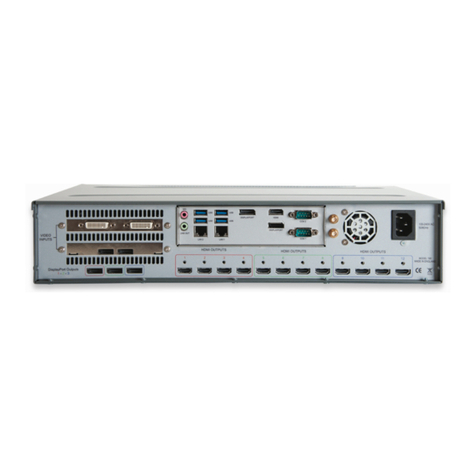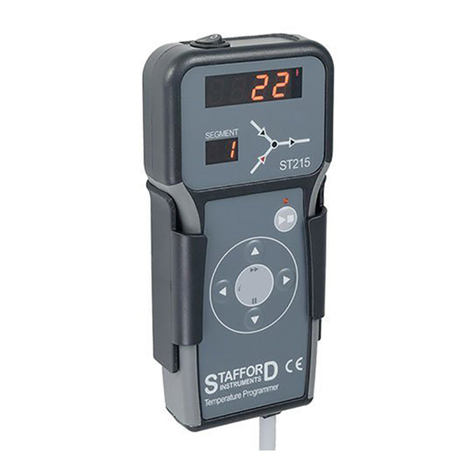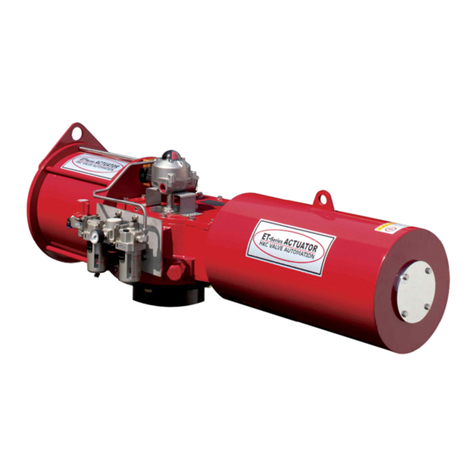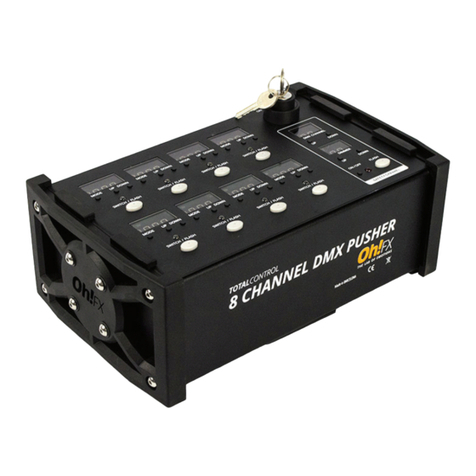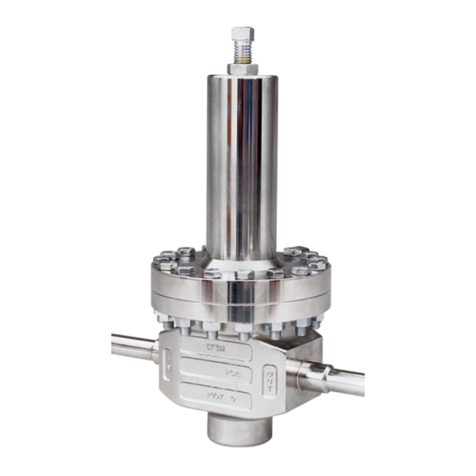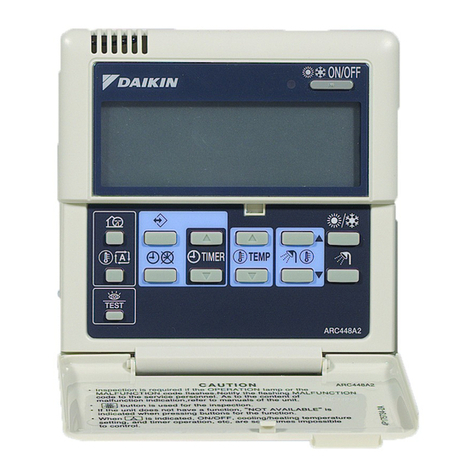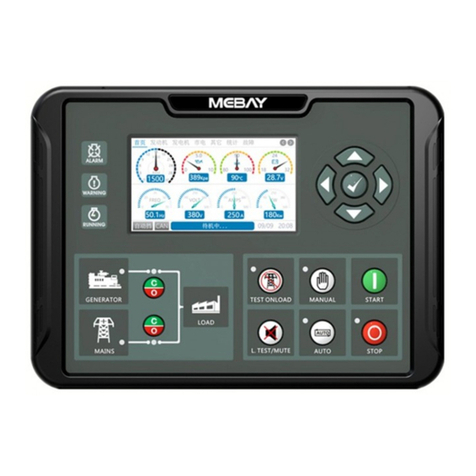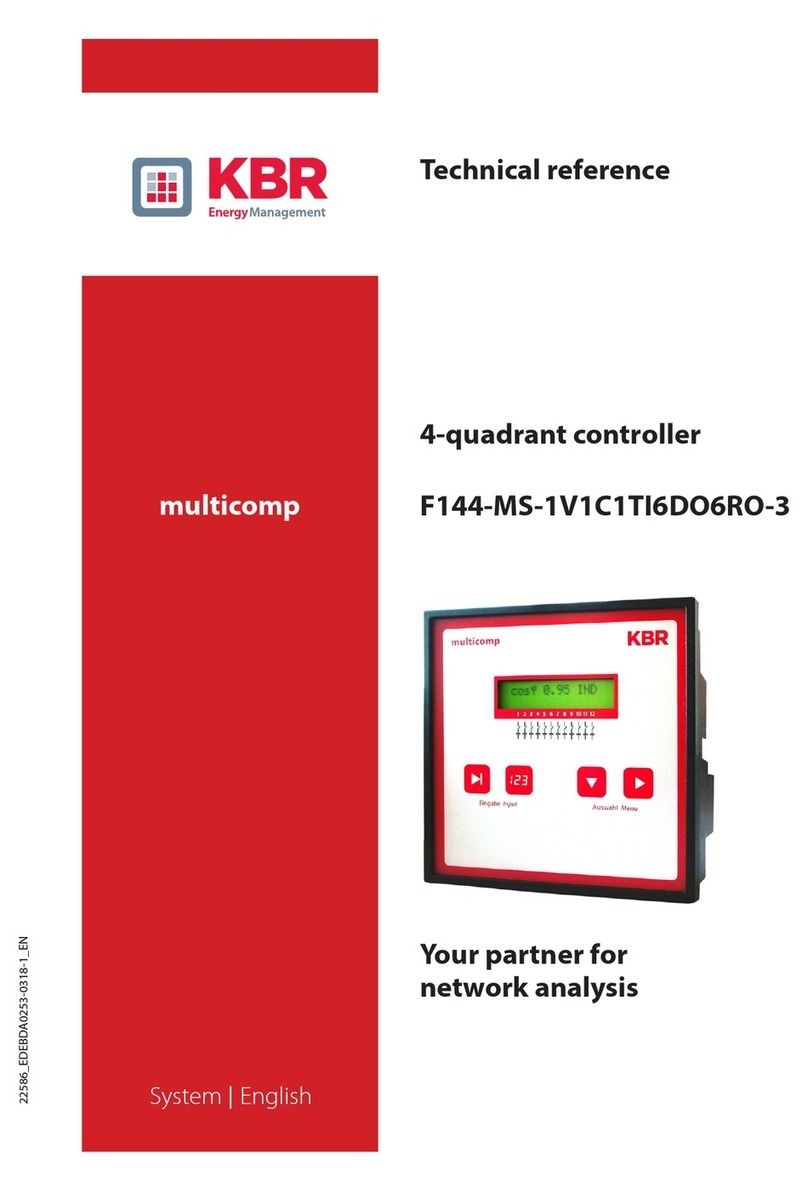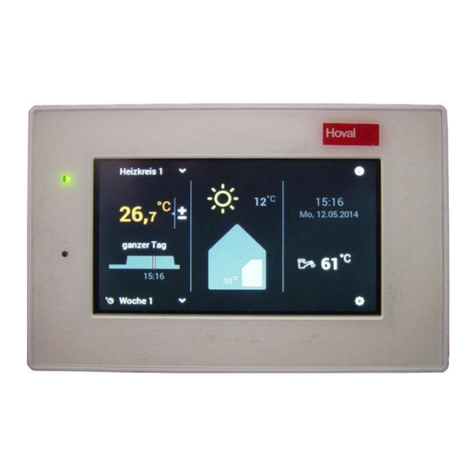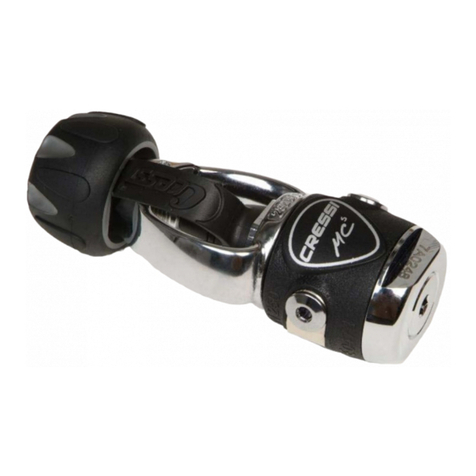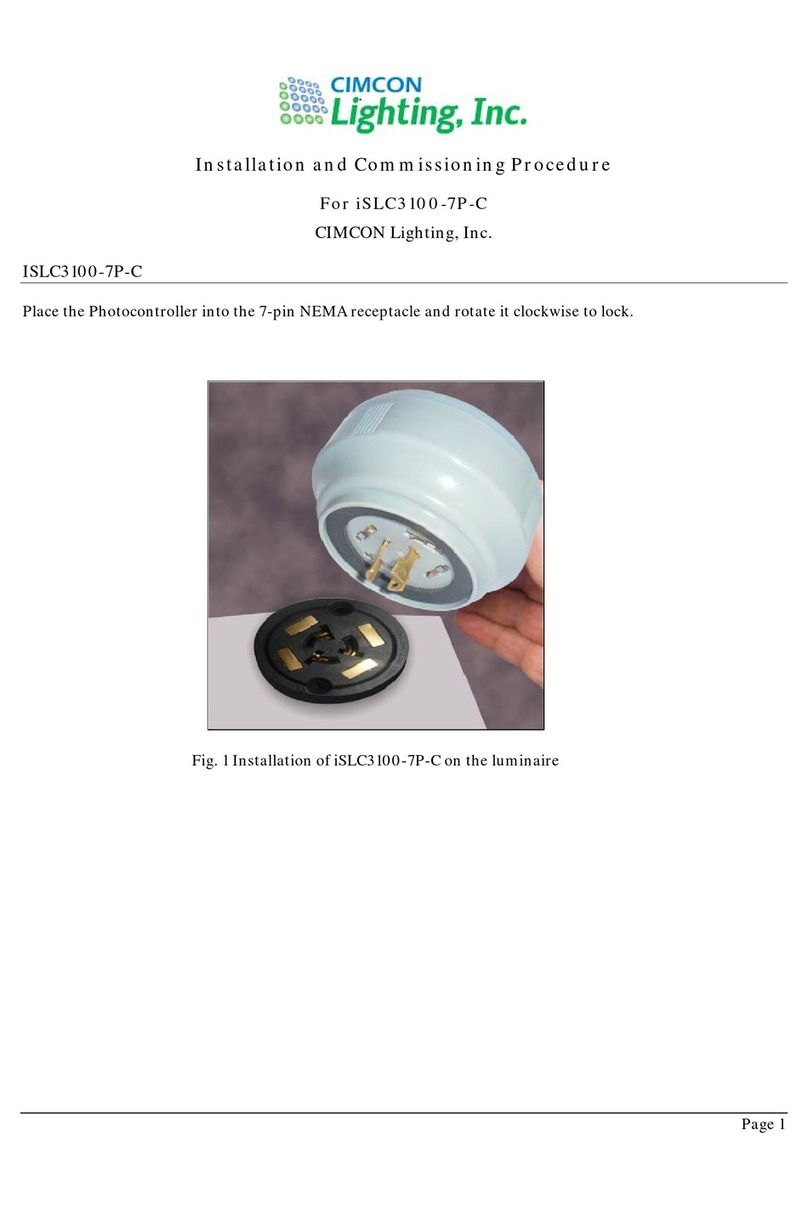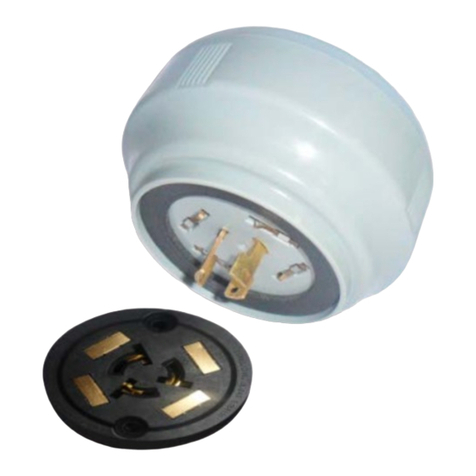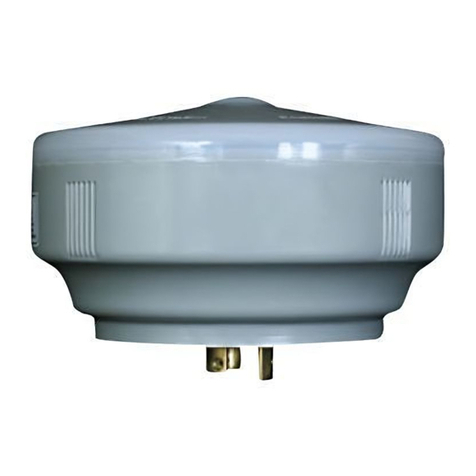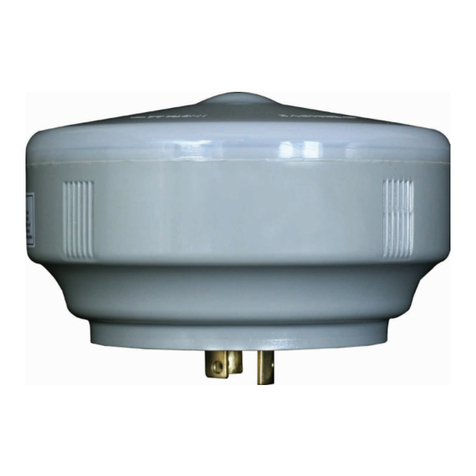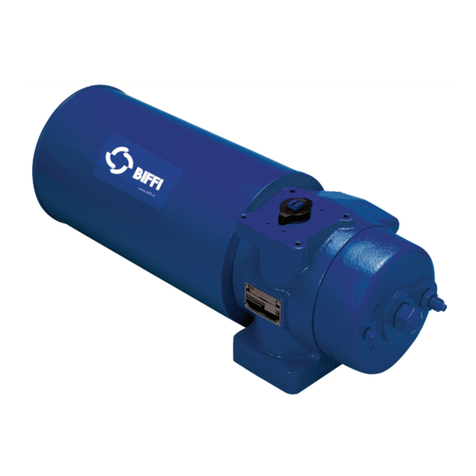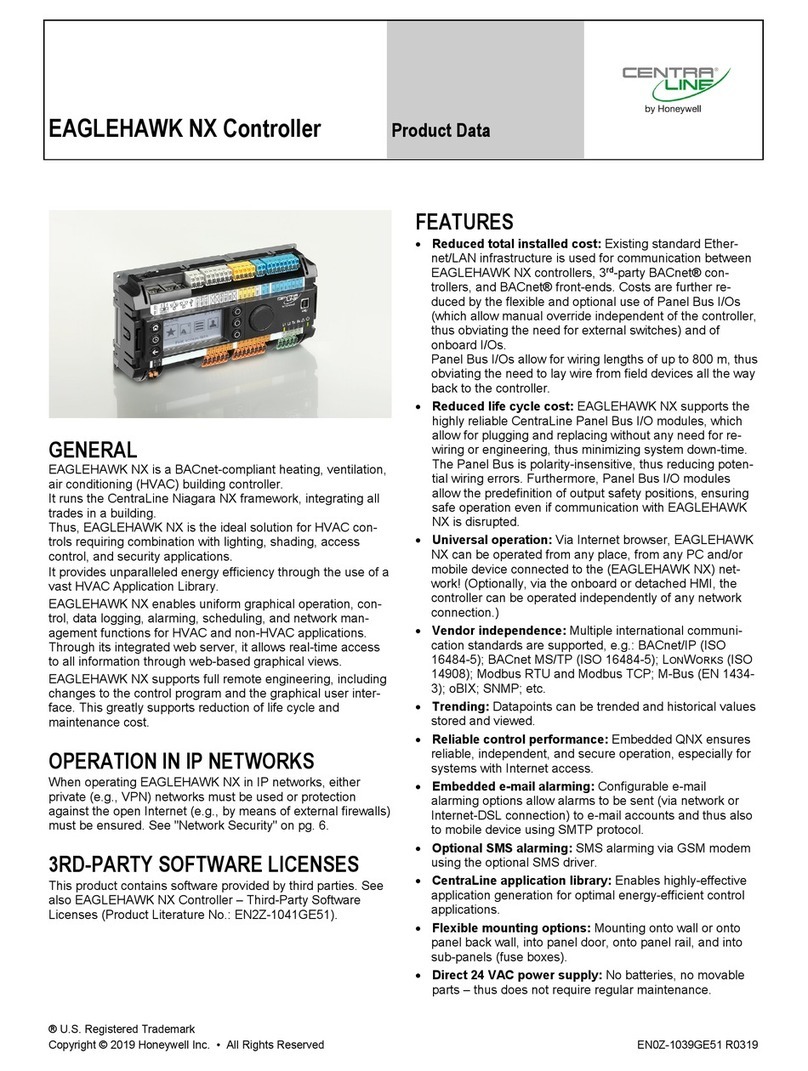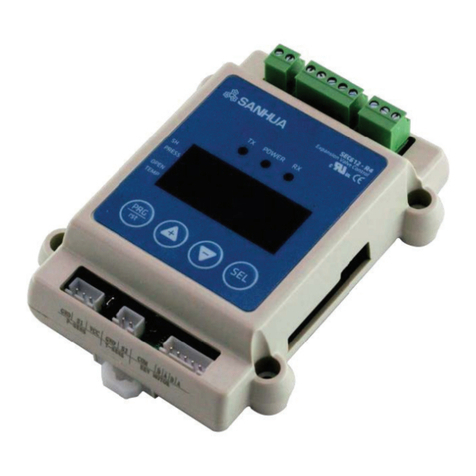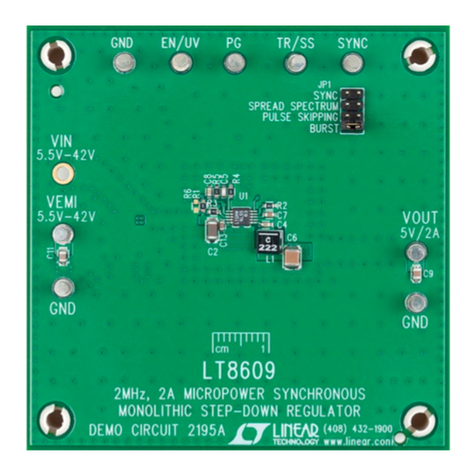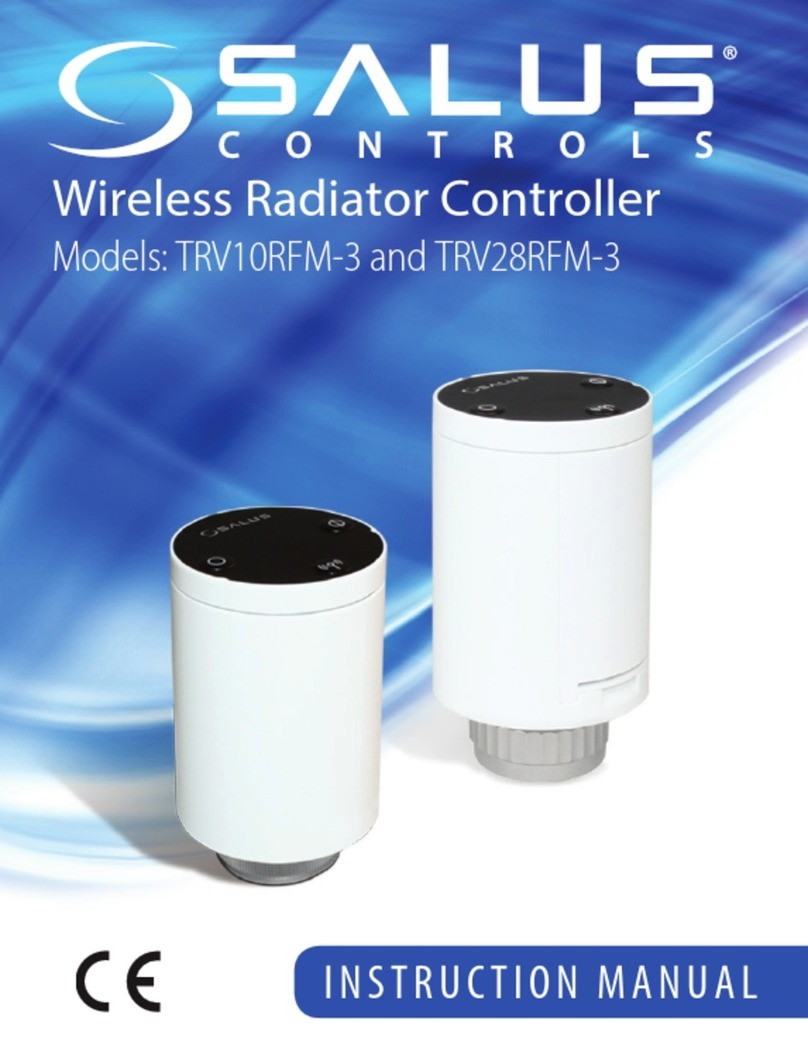
Page 7
Safety Consideration for the Installation crew:
Ensure that the supply voltage matches the SLC’s voltage rating.
Firmly place the SLC into the NEMA twist lock receptacle/socket on top of the fixture by aligning the
large prong on the SLC with the large opening in the receptacle/socket. Push down on SLC and twist
clockwise until it locks into place.
PHOTOCONTROL MUST BE LOCKED IN! Note: window or arrow on top of SLC should be pointed
away from the mounting surface. The receptacle/socket may be repositioned by loosening the screw in
the center of the receptacle/socket. Rotate to the new position and retighten screw. Do not rotate
receptacle/socket over 360 degrees because you can twist receptacle/socket wires. Eventually
stripping the insulation and cause the fixture to fail.
To check operation during the daylight hours, cover the SLC’s photocell window (or top surface)
completely to simulate darkness.
FCC Statement:
15.19
This device complies with Part 15 of the FCC Rules. Operation is subject to the following two conditions:
(1) this device may not cause harmful interference, and
(2) this device must accept any interference received, including interference that may cause undesired operati
on.
5.105
This equipment has been tested and found to comply with the limits for a Class B digital device, pursuant to p
art 15 of the FCC Rules. These limits are designed to provide reasonable protection against harmful interferen
ce in a residential installation. This equipment generates, uses and can radiate radio frequency energy and, if
not installed and used in accordance with the instructions, may cause harmful interference to radio communic
ations. However, there is no guarantee that interference will not occur in a particular installation. If this equip
ment does cause harmful interference to radio or television reception, which can be determined by turning the
equipment off and on, the user is encouraged to try to correct the interference by one or more of the following
measures:
—Reorient or relocate the receiving antenna.
—Increase the separation between the equipment and receiver.
—Connect the equipment into an outlet on a circuit different from that to which the receiver is connected.
—Consult the dealer or an experienced radio/TV technician for help.
